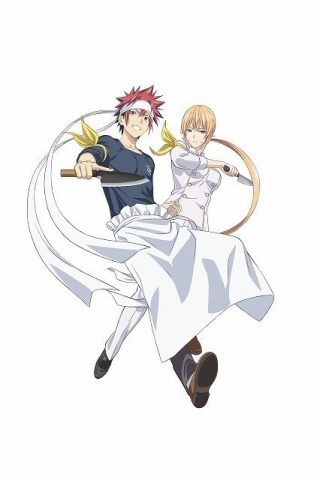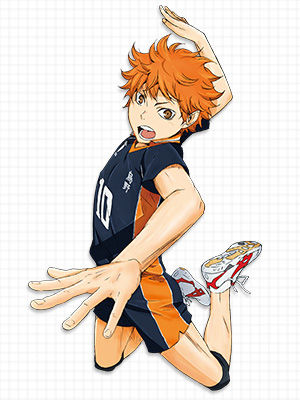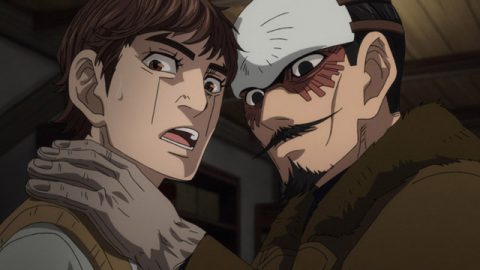The sequel to the original work, The Book of Zero: Starting from Zero, Dawn of the Wizard, is enjoyable even if you're not familiar with The Book of Zero, but it also features events and characters from the previous work. The story frequently discusses witches and witch hunts. In this article, I will explain why witches and humans came into conflict and how witch hunts began.
What is a witch anyway? Where did they originate?
Witches
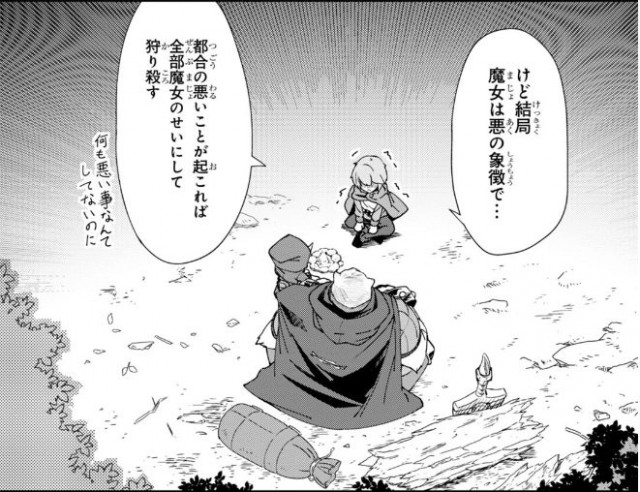
Witches and wizards may seem similar, but they are actually different. Wizards are people with supernatural powers that arose from polytheistic beliefs before the spread of Christianity. Conversely, witches are considered minions of the devil, a concept born out of Christian belief. In Christianity, the ability to perform miracles or other supernatural powers is not permitted to anyone other than God or saints. Therefore, the devil is considered the polar opposite of God, and those who wield magic are considered his allies or minions.
Causes of Witch Hunts
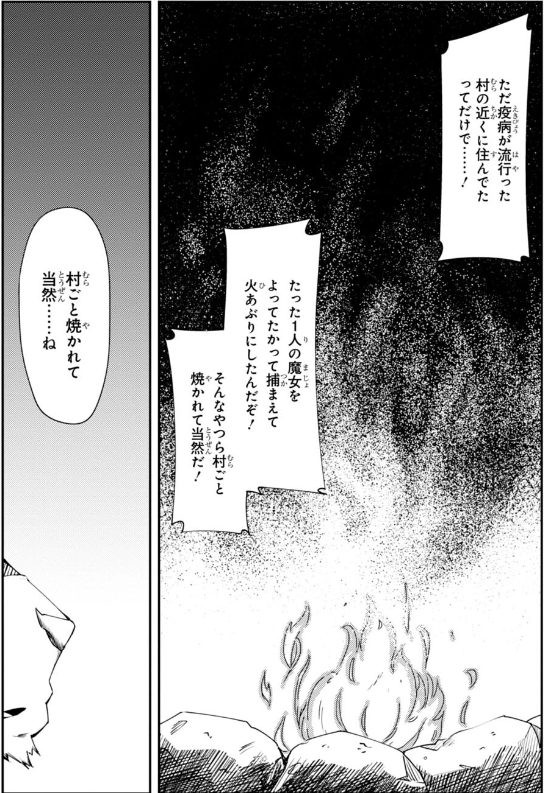
Witch hunts began on a large scale after the 16th century. This was triggered by the transition from the Middle Ages to the early modern period, beginning with Luther's Protestant Reformation and the Renaissance. In the 17th century, the Western economy as a whole fell into a recession, with mass deaths from malnutrition caused by poor harvests and famines resulting in a decline in population. Furthermore, wars and religious conflicts intensified, such as the Thirty Years' War, which was waged in the Holy Roman Empire (Germany) and lasted for 30 years with the participation of most European countries, and the persecution of the Huguenots by the Catholic Church in France. The entire continent of Europe became a battlefield, with much bloodshed and the land devastated, and to top it all off, epidemics of the Black Death (plague), typhus, smallpox, malaria and other diseases occurred, as if to deliver the final blow.
People Who Were Witched
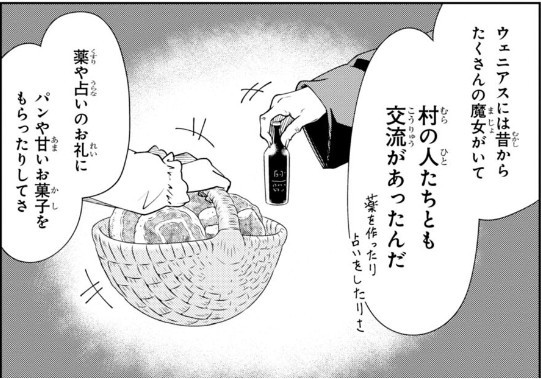
Many of those accused of witchcraft were women who performed mysterious spells. They were feared and therefore isolated from the community, but they were also relied upon for advice on illnesses and worries. Seeing someone remain calm in a situation filled with anxiety and fear likely aroused doubts. These doubts spread, and before long, the idea that these women were the cause of everything began to be whispered about. In other words, those accused of witchcraft were used as scapegoats (sacrifices) to alleviate social anxiety.
Witch Hunt
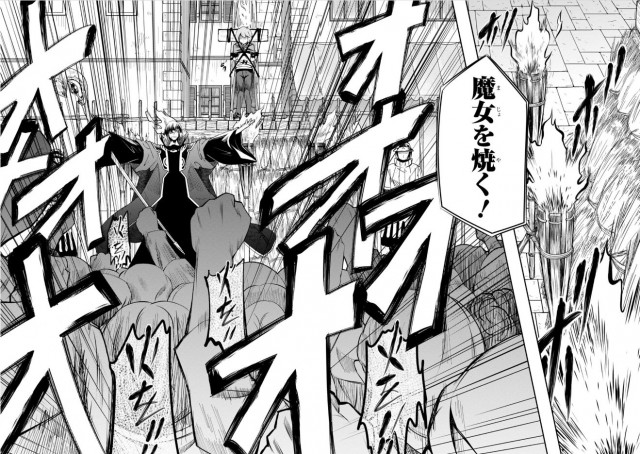
Most women accused of witchcraft were unable to escape. During the Inquisition and witch trials, those accused of witchcraft were subjected to various tortures until they finally confessed. What followed was burning at the stake. In Christianity, if a person's body is not preserved, they cannot undergo the Final Judgment, which determines whether they will be sent to heaven or hell. Because burning at the stake burns the body completely, it is a terrifying punishment even from a religious perspective.
Treatment of Witches in the Series
Witches

In this series, there are two types of witches: those who seek coexistence with humans, and rogue witches who are hostile to humans. There are also male and female magicians. What they have in common is that both are considered heretics by the church and are frequently persecuted, including by being burned at the stake, in places under their influence. In retaliation, rogue witches attack people, exacerbating the conflict between witches and humans. The conflict isn't just between humans and witches; there's also conflict within the church between those in favor of peace and those in favor of oppression.
Witch-hunting organization "Goddess's Purifying Fire"
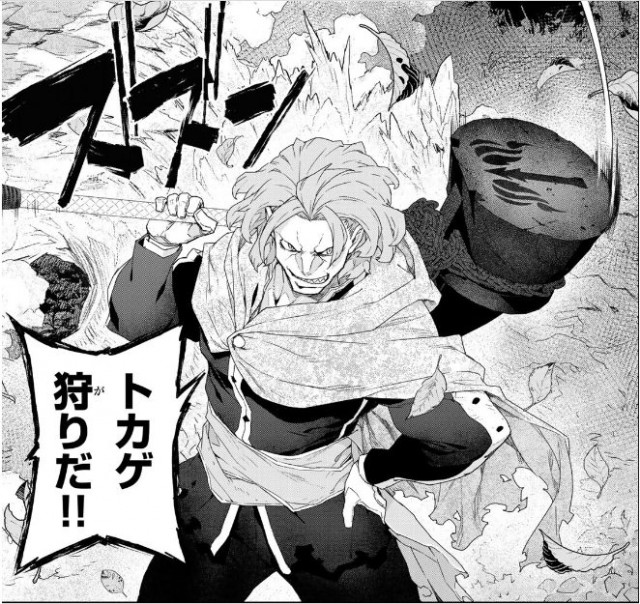
This is the collective term for the church's witch-hunting group. Those who hunt witches are called "Arbiters," and are given code names such as "Immoral," "Brutality," and "Concealment." They are characterized by a crest of a stake and flame. While operating under the pretense of saving the people from evil witches, in reality they are a cruel group of death-row inmates who are tasked with killing witches. Many members excel in combat and can fight alone against witches and beast-fell, who are also considered heretics.
Witches and Magicians Appearing in the Work
Zero
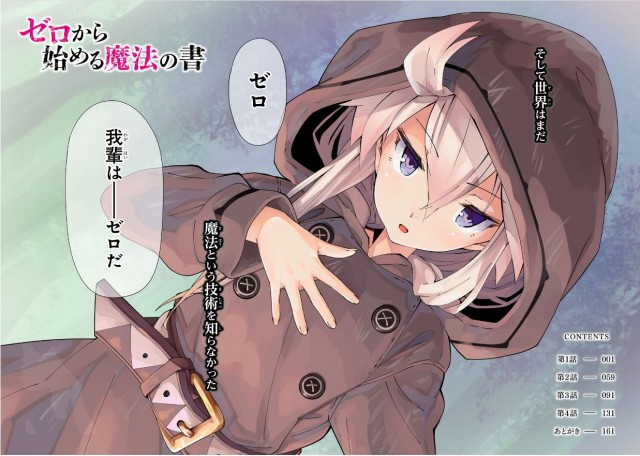
One of the main characters in The Book of Zero, she is a witch who inherited the lineage of the Mud and Darkness that gave birth to magic. She was writing a book that transcribed the magic known as the Book of Zero, but after her companions were killed and the Book of Zero was stolen by someone, her brother, Jusanban, went looking for it and never returned, so she set out on a journey to find the magic book. During this journey, she met a beast mercenary and they became companions on her journey.
Albus
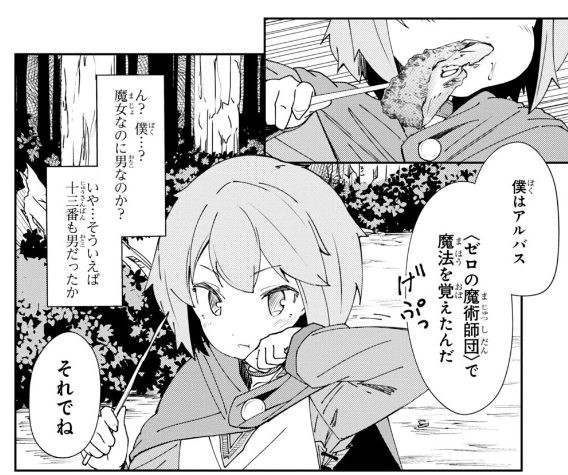
A child witch, she belongs to Zero's Magic Division, which aims to end the persecution of witches. With her short hair and tomboyish manner, she appears male at first glance, but she is actually a woman, disguising her gender. This is because she is the granddaughter of Eigetsu's witch, Sorena, and after her death, she has been acting like a boy for her own safety. Initially, she attempted to assassinate a beast mercenary, but was foiled by Zero's help. Afterward, they make a tentative reconciliation and accompany Zero and the mercenary on their journey.
Sorena

She was a representative witch of the Eigetsu lineage, dedicated to interacting with and helping others, and was even described as the greatest witch in the kingdom. She had a good relationship with the residents, providing medicine and other items to those who fell ill. However, when an epidemic broke out, she used her magic to pay the bills, which led to the spread of unfounded rumors that she had spread the disease. She was disgraced and burned at the stake. Her death sparked a witch rebellion in the kingdom.
The Thirteenth
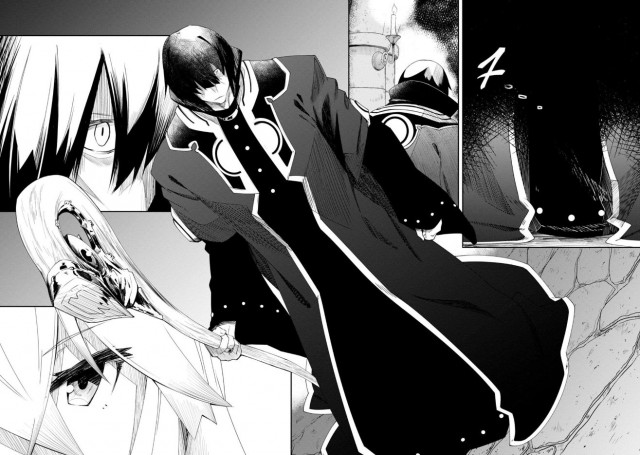
Zero's older brother, a magician who studied magic in the same cave. After disappearing, he appears before Zero and his friends as a magician on the kingdom's side, an enemy of the witches. There, it is revealed that he stole Zero's Book and is the true identity of the commander who leads the Magic Division. His goal is to intensify the conflict between the kingdom and the witches, and then defeat the evil magicians as a magician of justice. By doing so, he hopes to resolve the conflict between the kingdom and the witches and bring peace between them.
Law Christus
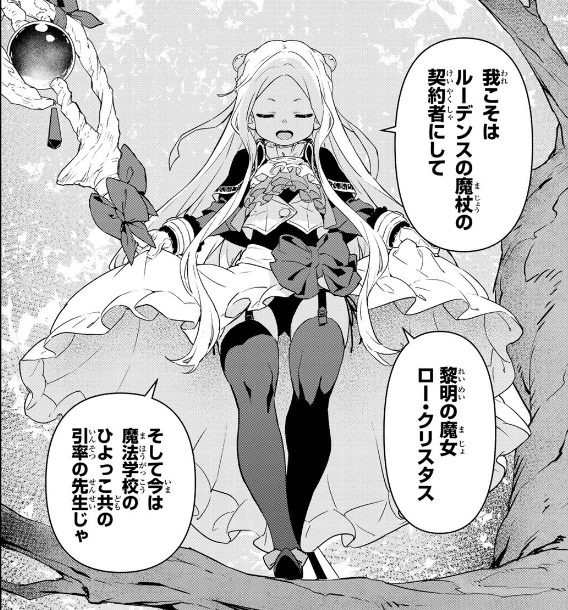
Although she looks like a young girl, she is a witch who has lived for 300 years. Her youthful appearance is due to the power of Ludens' magic wand. She is in charge of supervising Sevil and the other students in their special training, but in reality, another witch was supposed to be in charge. After sending the witch away without permission, she approached Headmaster Albus, offering to supervise the students on the condition that they read the Book of Zero, which spreads forbidden magic. Albus agreed to let her supervise the students on the condition that she could meet its author.
Goddess's Purifying Fire (Der Ignis)
Arbiter of "Concealment"
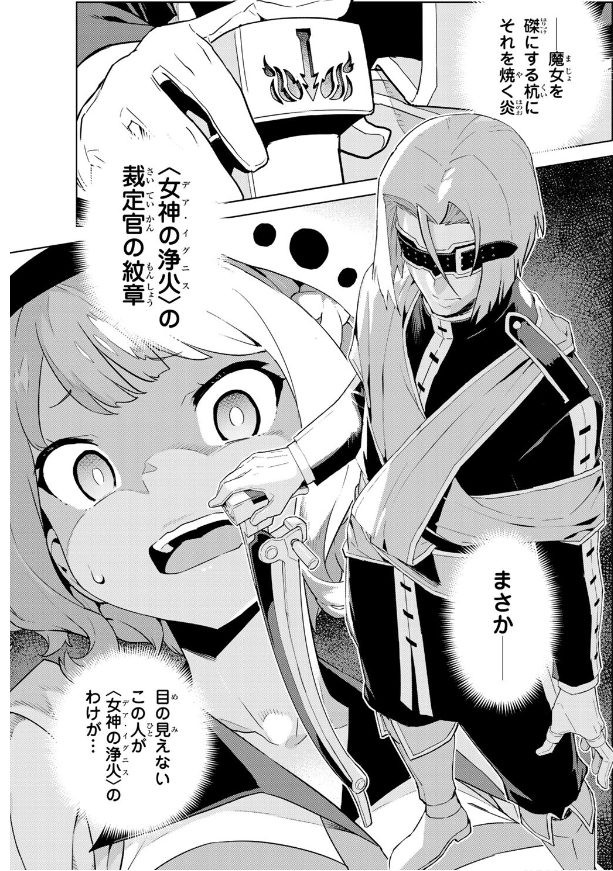
This priest carries a staff and wears leather eyepatches over both eyes. He wears the eyepatches not because he is blind, but because his eyesight is so good that it protects them from bright light. He cannot keep his eyes open during the day, but at night, when light weakens, he can open his eyes and function just like a normal human would during the day. He is a member of Dea Ignis, a criminal organization, not because he committed a crime, but because a certain priest appointed him as a Dea Ignis member and saved his life when he was about to be executed on false charges. He is the only member of the organization who is honest with ordinary people and strives to render fair judgments.
The "Brutality" Judge
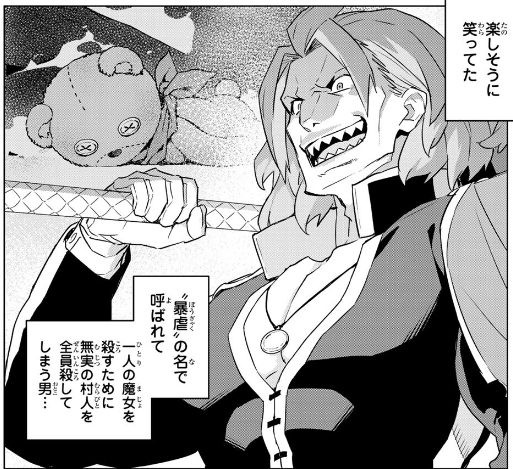
He is one of the judges of Dea Ignis, and is as cruel as his crimes suggest. Originally a trapper who made traps to catch animals, he began making traps for humans after discovering that the traps he made were being used by humans instead of animals. While Bakugyō himself has high combat abilities, the traps he sets are particularly troublesome. Even Kudo, who has become a beast and has greater physical abilities than an average human, was unable to escape and found himself in a desperate situation.
Summary
What did you think? Solena's circumstances were reminiscent of real-life witch hunts. The conflict between witches and humans is a deep-rooted theme throughout both works, depicting the difficulty of mutual understanding. Reading the story while thinking about what makes witches and humans different, why mutual understanding is impossible, and how to achieve it may help you immerse yourself even more in the world of the work. Thank you for reading this far!

